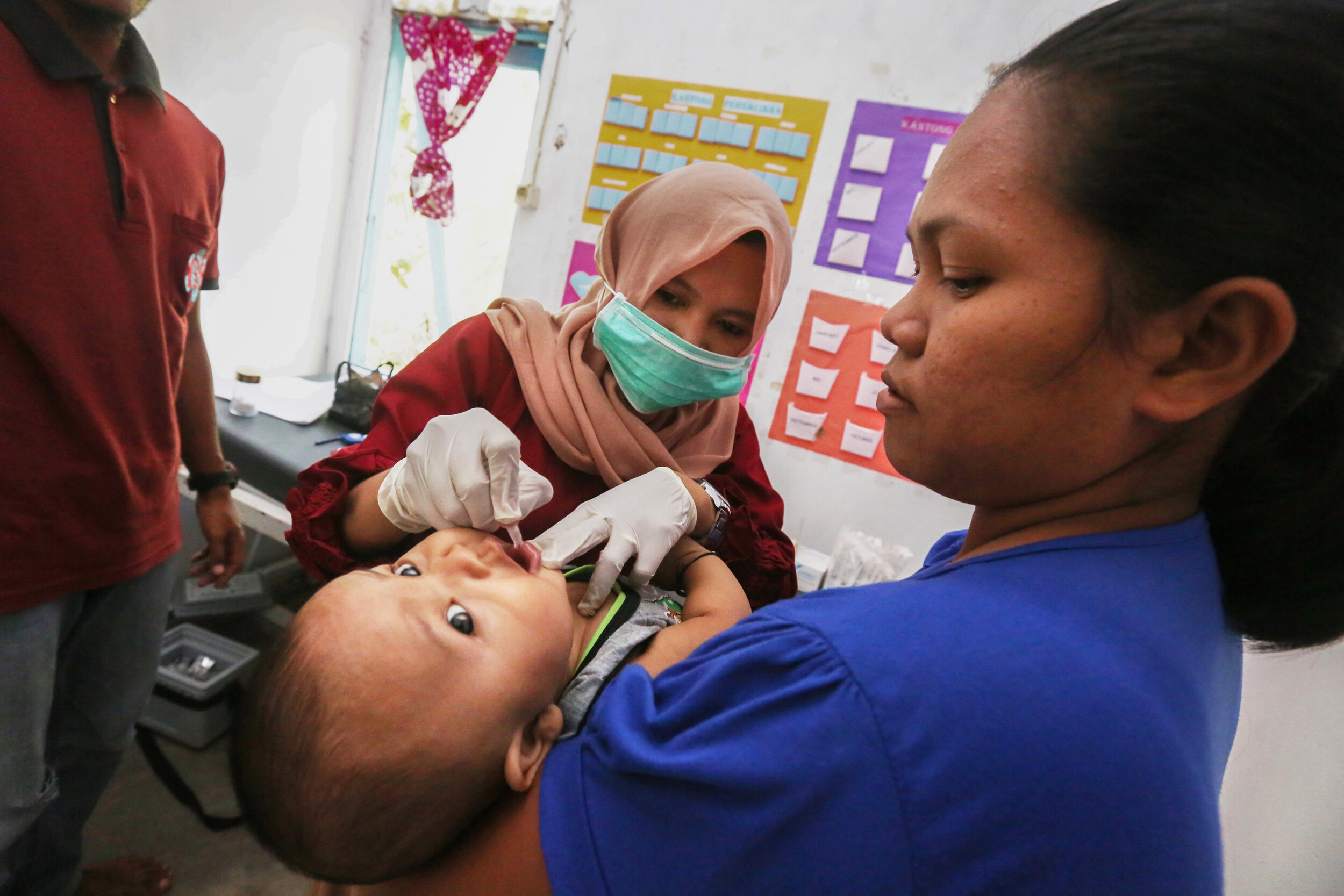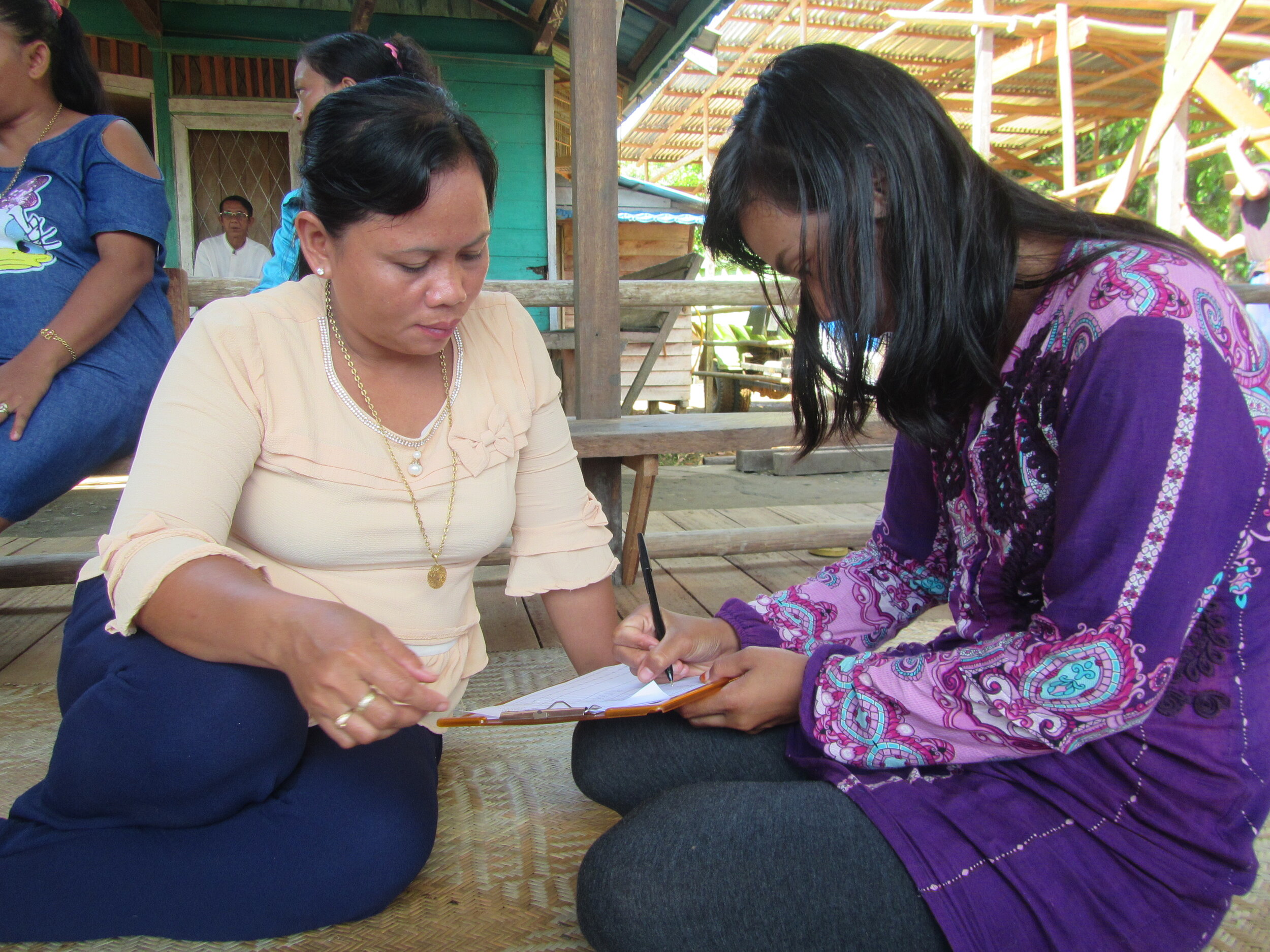When conservation goes viral
It is often said that conservation is a people problem and that we will only solve earth's greatest challenges by working with people. That approach led us to develop the Conservation Cooperative (CC) model a few years ago. This rights-based approach to conservation was developed to support rural communities by providing a variety of human services to empower self-sustaining community-based governance to manage natural resources. This model is as unique as the villages we support and each CC is adapted to the needs and challenges of each community.
In 2017, we had facilitated just 5 CCs between Guning Nyiut and Kubu Raya, two of our project sites located in West Kalimantan, Indonesia. Over the last four years, we have experienced a tremendous surge in interest in the CC model and now there are over 40 villages practicing this approach - 31 of which joined our cooperative last year alone. The video above shows the timeline and locations of these incredible partnerships. Each of the blue polygons represents a community partnership we developed and the orange and blue outlines represent our project sites in Kubu Raya and Gunung Nanning (orange) and Gunung Nyiut (blue).
In order to join a Conservation Cooperative, each village-level government entity provides a letter of request outlining specific services they are hoping to access. Next, each village will enter a five-year agreement outlined through a Memorandum of Understanding which defines the program services, rights, ownership or results, and the overall partnership we build with the community. One of the first services generally initiated through the cooperative is the Village Savings and Loan Program is usually followed by the Sustainable Fisheries Program, the Sustainable Agriculture Program, the Agroforestry Program, the Healthy Family Program, SMART patrols, and more. All activities and programs are co-designed based on the needs and solutions that are put forward by the experts - local communities.
We believe that our model has been very successful in addressing the needs of communities living in West Kalimantan and are excited about the growth we are experiencing through these partnerships. We attribute this success to the customization of each partnerships to the needs of the communities. When reaching out to start this program, the first thing we do is listen and work with community members to determine which services are required and what they believe the solutions are to their day-to-day challenges.
Through our Conservation Cooperative Program, we have worked directly with 2,060 people and have indirectly benefited over 17,000 people, all who attribute our programs to supporting resilient livelihoods and socio-economic stability in the region. Additionally, the ecosystems of our project site in Gunung Nyiut have benefitted from a 93% decrease in logging and a 79% decrease in poaching between 2018 and 2020 thanks to active Conservation Cooperatives. This data was collected by our village-led SMART patrol teams. But the benefit doesn't stop there, this model has a residual effect on the surrounding community, and we have observed a 56% decrease in deforestation in surrounding areas outside of our immediate partnerships.



